Topics
Restomod candidate
We acquired a superb 1972 Jaguar XJ6 Series 1 — 4.2 litre engine, left-hand drive, short wheelbase chassis with a Borg Warner automatic transmission and factory-installed air conditioning — after evaluating many different saloon candidates.
This well maintained one-owner XJ6 was purchased by Robert “Bob” Franklin Daniels of Camp Hill, Pennsylvania and his initials in a fancy script still adorn the front doors.
The Series 1 XJ marks the end of the Lyon-inspired classic Saloons. Its birthing was quite rocky in the late 1960s: brutal British labor disputes caused quality problems and raw feelings retarded Jaguar’s progress on my fronts. Engineering and styling tended to be outstanding, but execution lagged behind with issues from terrible paint jobs and poorly fitted parts to repeated component failures attributable to British subcontractors like Lucas (AKA “Prince of Darkness”).
With its period-correct 1972 Antelope BLVC7 paint color (a sort of chocolate brown), optional power windows, heated rear (backlight) window, and vintage fog lights, this survivor well represents the XJ6 Series 1 (1968-73), the last car styled by Jaguar founder Sir William Lyons.
Body color
The body paint color is perhaps an acquired taste. Fashionable colors in the 1970s drifted towards the drab with greenish/reddish hues that seem muddy in comparison to the bright innocence of the 1960s. The official Jaguar export colors for 1972 are shown below.
Our 1972 XJ6 was repainted at least 25 years ago. It may have once been Heather (the original and repaint colors are very close), but the surviving brown seems more like one of the domestic British Leyland color codes (see below) rather than the export version above.
The best match to our car appears to be Antelope BLVC7, an undistinguished chocolate brown. Sir William’s personal XJ6 was also probably this color since there are several official Jaguar photographs of his brown 1968 XJ6. A confirming paint code did not survive in our documentation so this assessment is only based on visual appearance. In any event, we will repaint the body!
Options
Our XJ6 also has a few idiosyncratic options like original Lucas fog lights, a manual choke and yellow warning light (apparently required to meet U.S. emission standards in 1972), European style 7-inch headlights with vented rims as well as a seat belt warning light (required for U.S. safety regulations). There is also an air pump powered by a front V-belt that supposedly helped meet the new anti-pollution provisions of the U.S. Clean Air Act of 1970.
The center console features a JVC KS-FX270 cassette AM/FM receiver, a notable 1972 enhancement. The golden age of car cassette players, first introduced in 1970 and cresting around 1977, heralded in a significant musical entertainment advance — personal mix tapes.
Engine bay components
The engine bay reflects some of the cobbled together engineering of the 1970s in reaction to emerging environment and safety laws in the U.S., like the air pump for emission control, as well as increasing consumer demands for climate control comforts.
Video of running engine
XJ model profile
All XJ models share the following:
- Fuel tank capacity of 12.0 U.S. gallons per tank for a 24 gallon total
- Engine driven fan water cooled XK inline 6 engine, except the V12 in XJ12 models
- 12 volt negative earth electrical system
- Front suspension double wishbones, coil springs, anti-sway bar
- Independent rear suspension (limited slip optional on some V12 models)
- Power assisted disc brakes with solid front and rear rotors (vented front rotors after 1972)
- Sheet metal monocoque (unibody) construction
- Rack and pinion power-assisted steering (an option on early Series 1 2.4 engine model)
- Wheel track 58.0″
- Vehicle width 70.0″
The comparative table below summarizes the XJ Series 1 through Series 3 models.
| Series | Engine | Years | Production | Top speed MPH | 0-60 (sec) |
|---|---|---|---|---|---|
| S1 | 2.8 | 1968–73 | 19426 | 110 | 15.2 |
| S1 | 4.2 | 1968–73 | 59556 | 119 | 12.5 |
| S1 | XJ12 | 1972–73 | 3235 | 134 | 8.7 |
| S2 | 2.8 | 1973–74 | 170 | 110 | 15.2 |
| S2 | 3.4 | 1975–79 | 6490 | 115 | 12.9 |
| S2 | 4.2|XJ6C | 1973–79 | 69687 | 119 | 12.5 |
| S2 | XJ12|C | 1973–79 | 16099 | 140 | 7.9 |
| S3 | 3.4 | 1979–84 | unknown | 115 | 12.5 |
| S3 | 4.2 | 1979–86 | 122453 | 120 | 10.5 |
| S3 | XJ12 | 1979–92 | 10500 | 140 | 8.4 |
With a few caveats/minor adaptations, the brake, steering, and suspension systems are interchangeable between all XJ models from 1968 through the mid-1980s. A good late model reference for part exchange is the 1986 4.2 Series 3 XJ6.



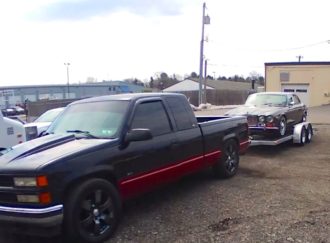
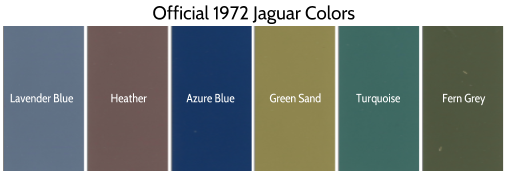
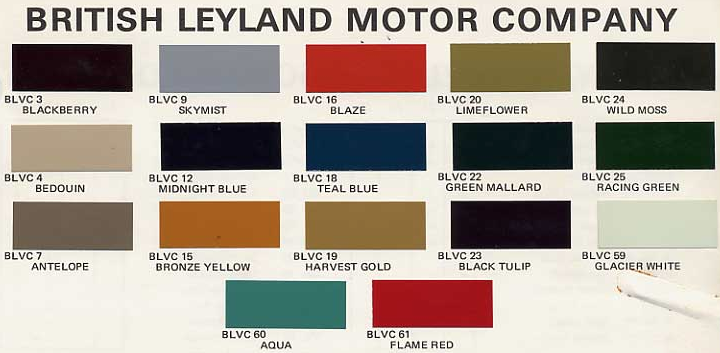

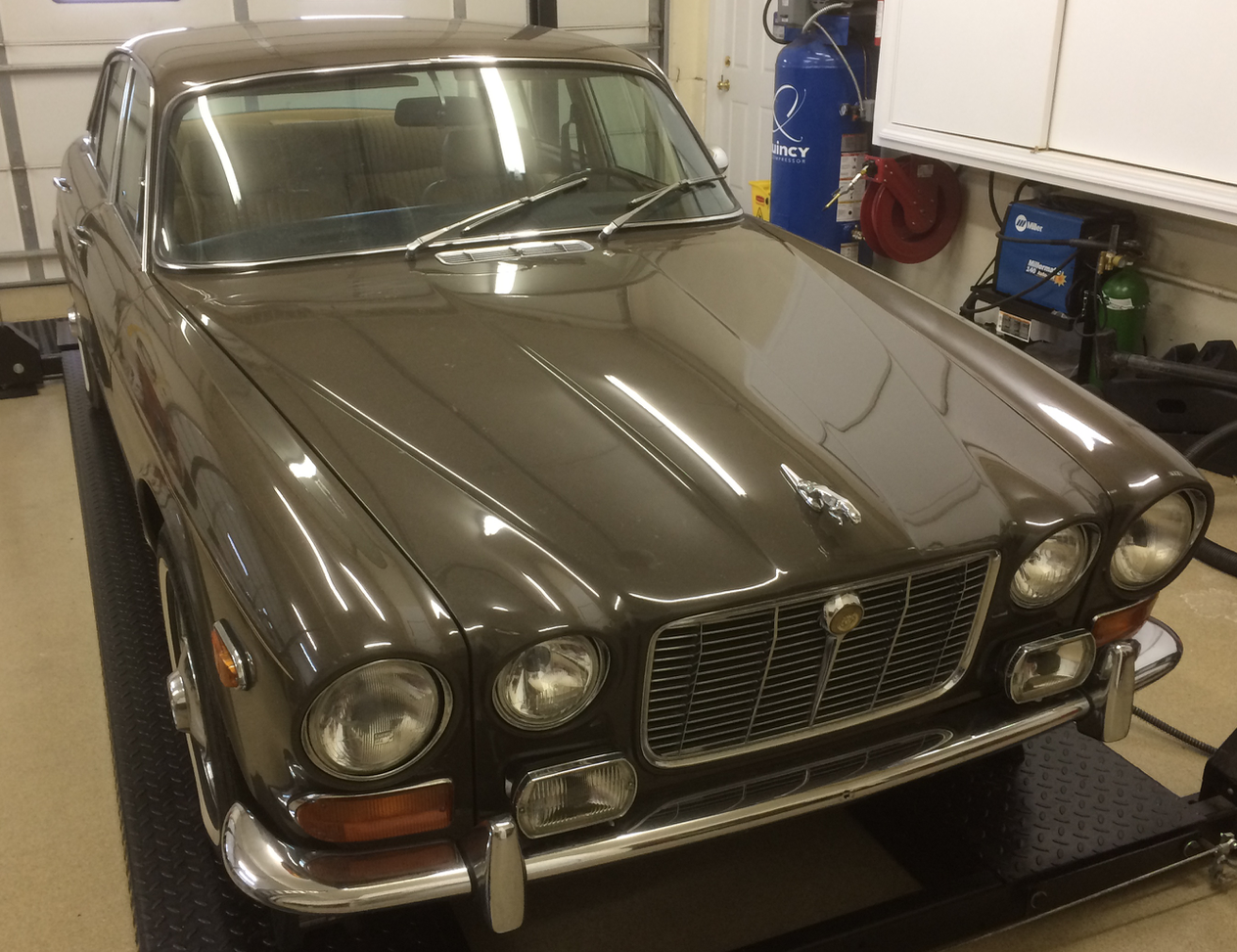


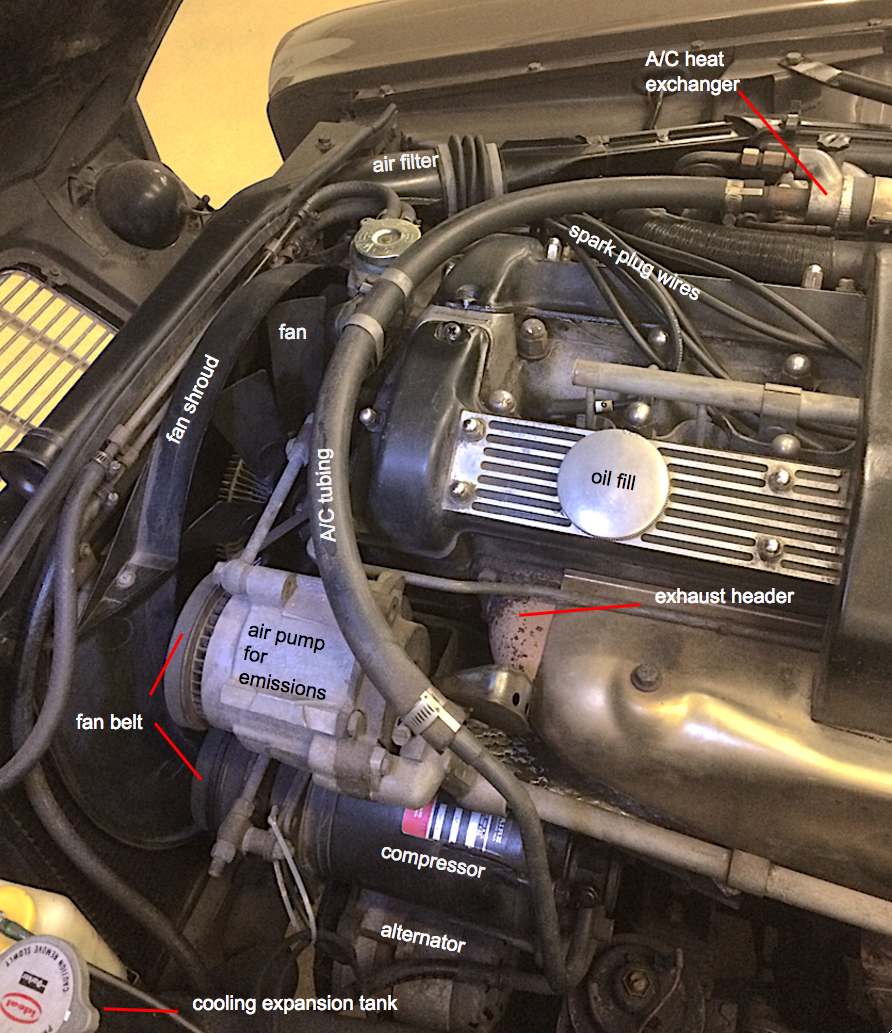

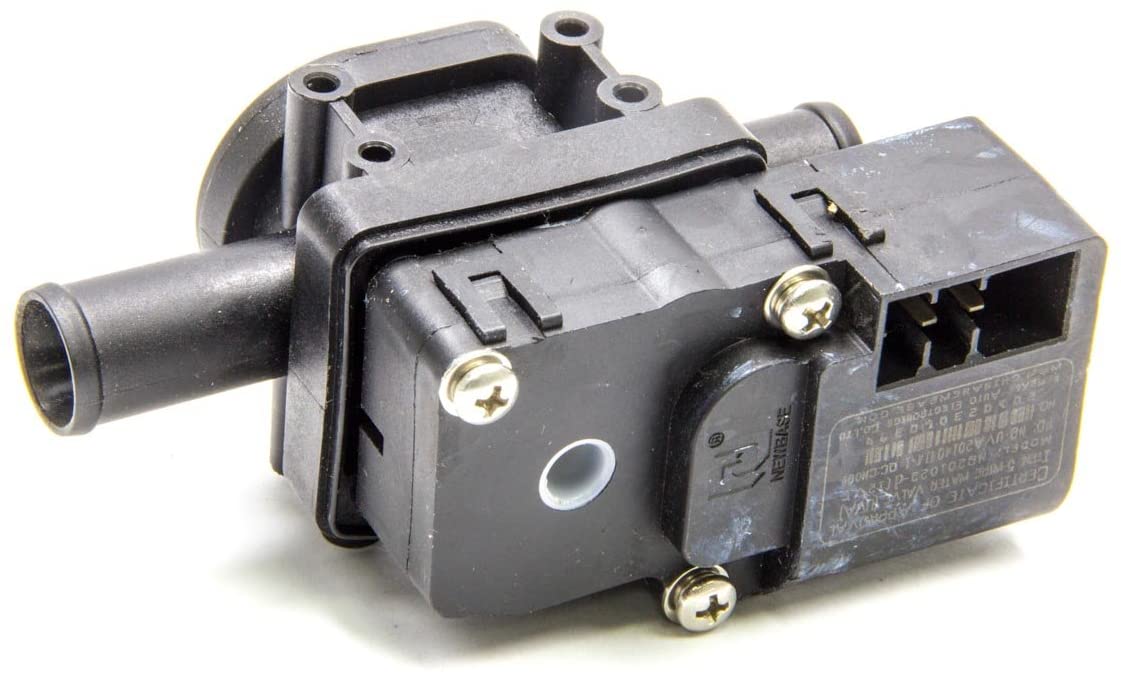
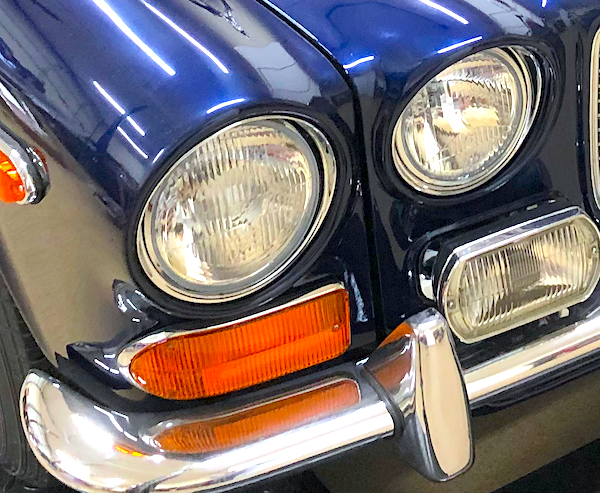


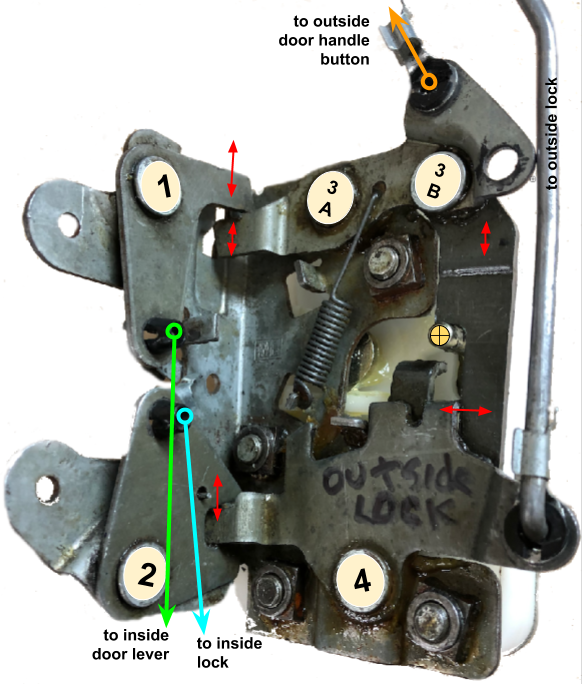
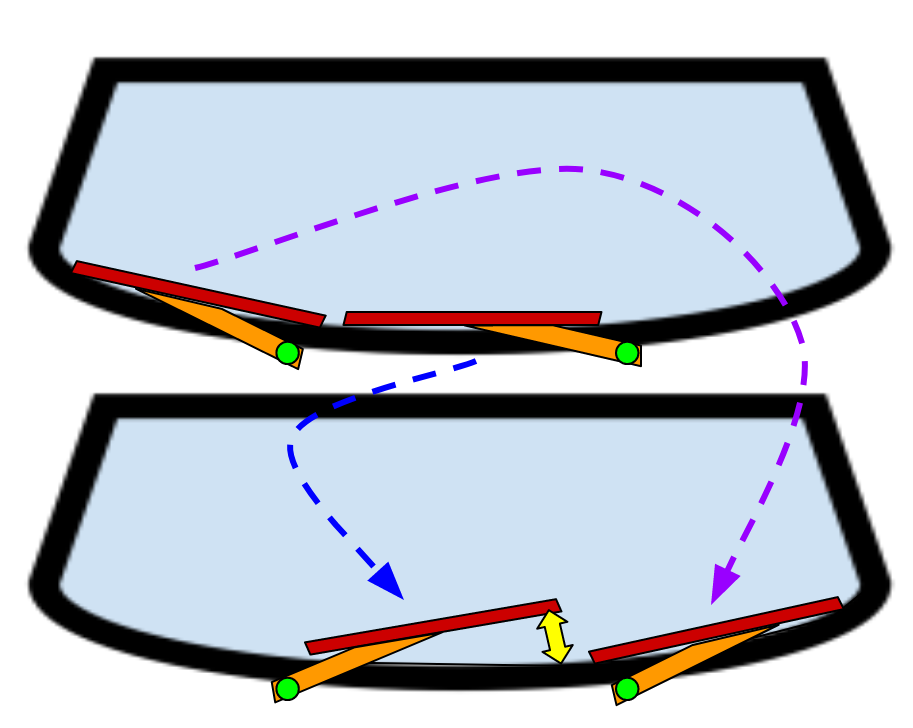

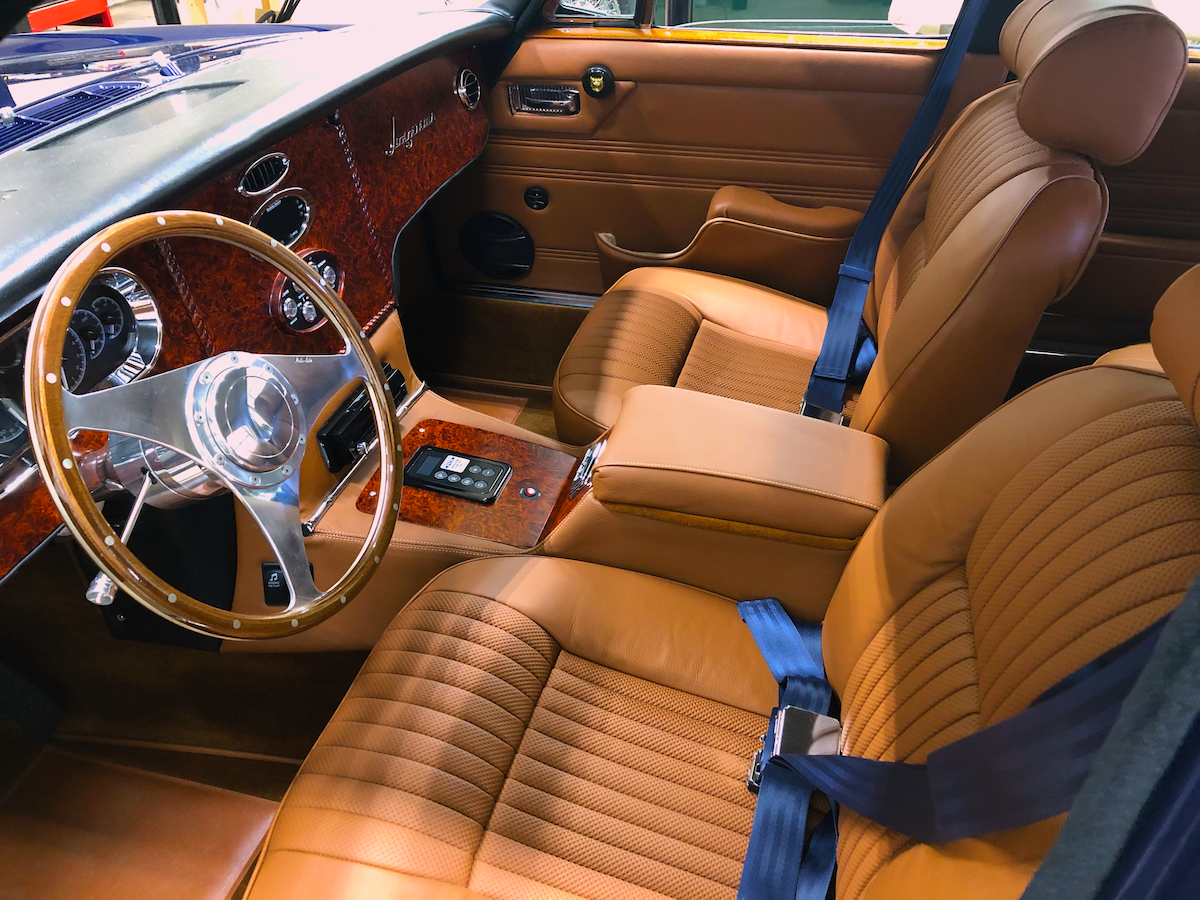
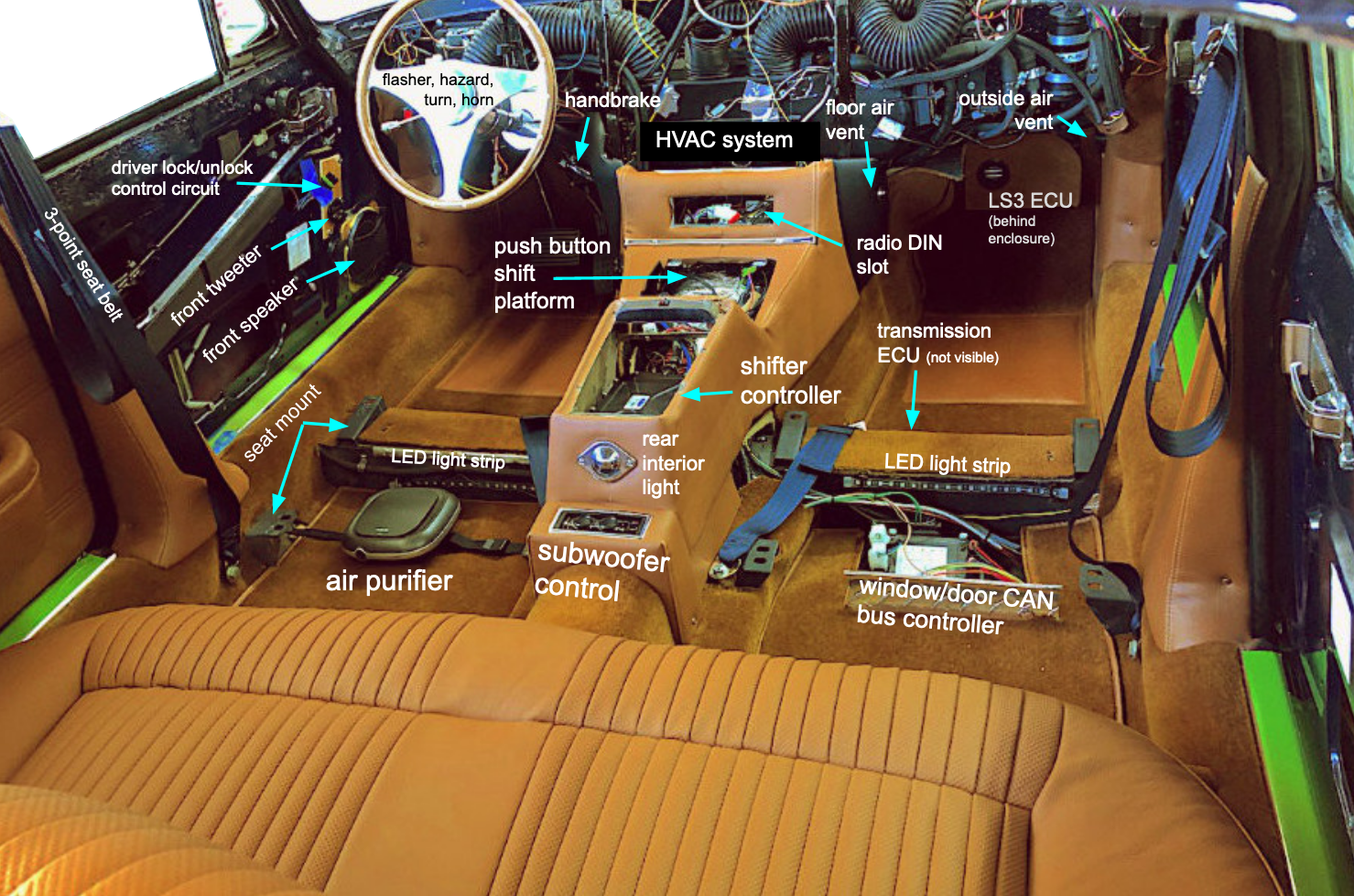
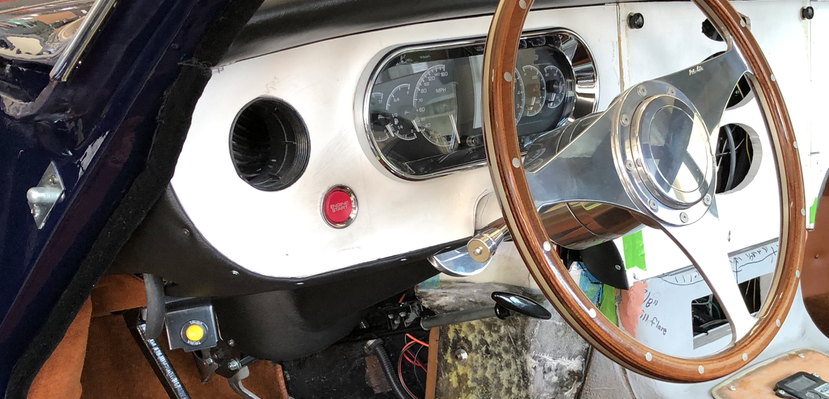
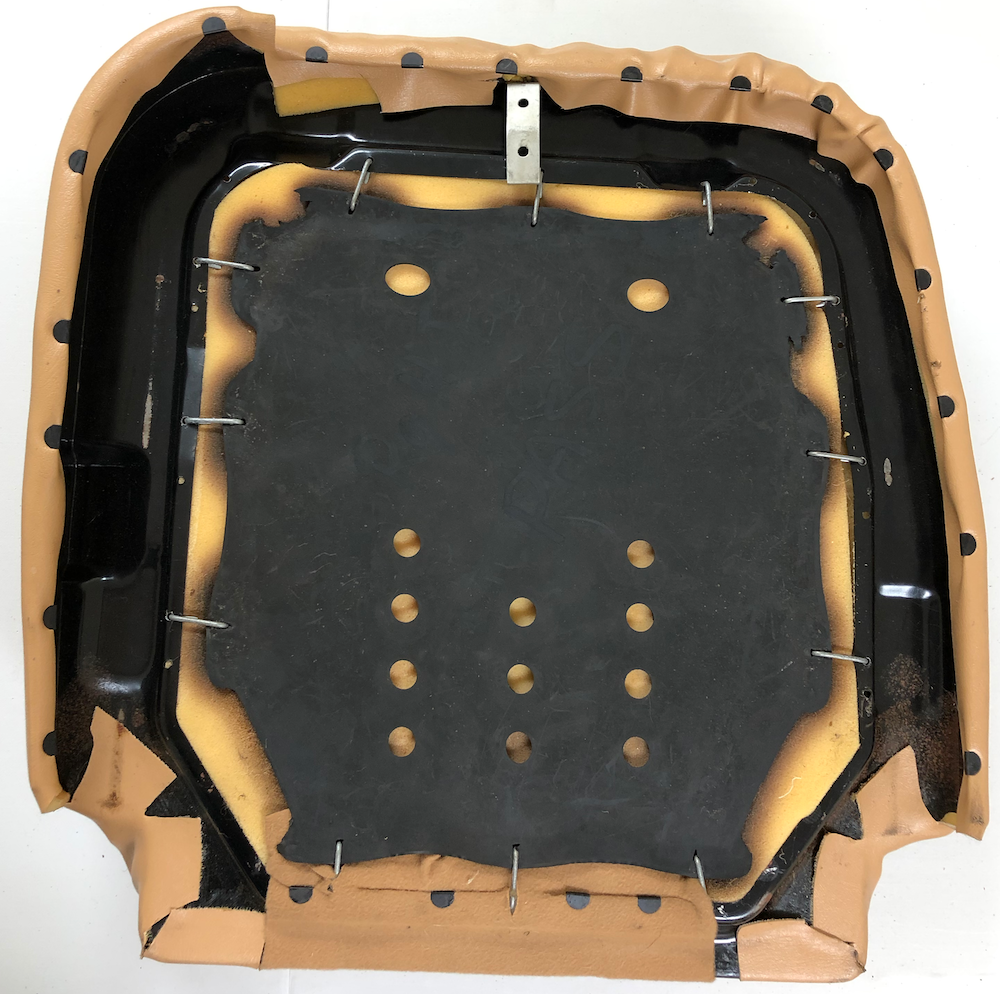






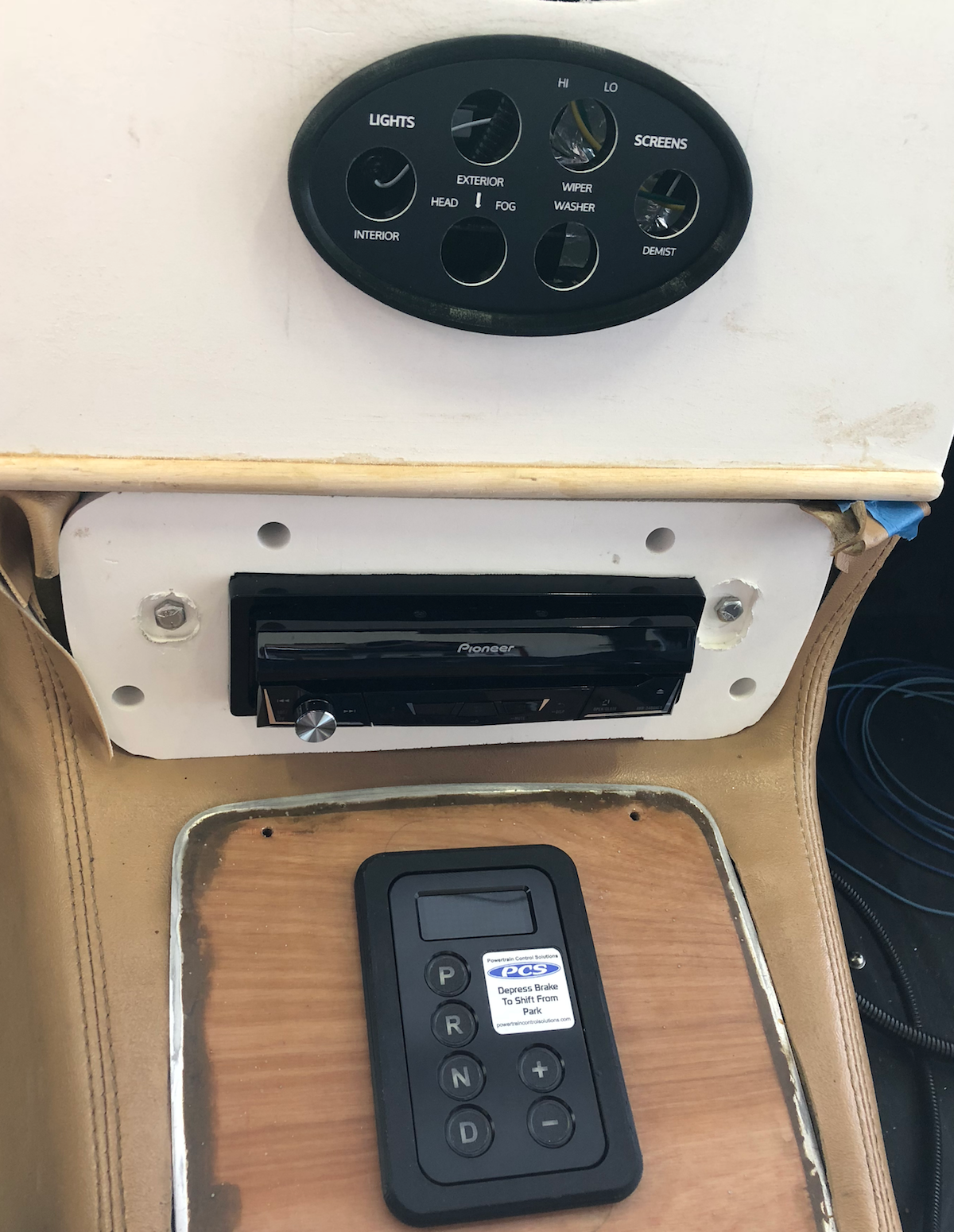

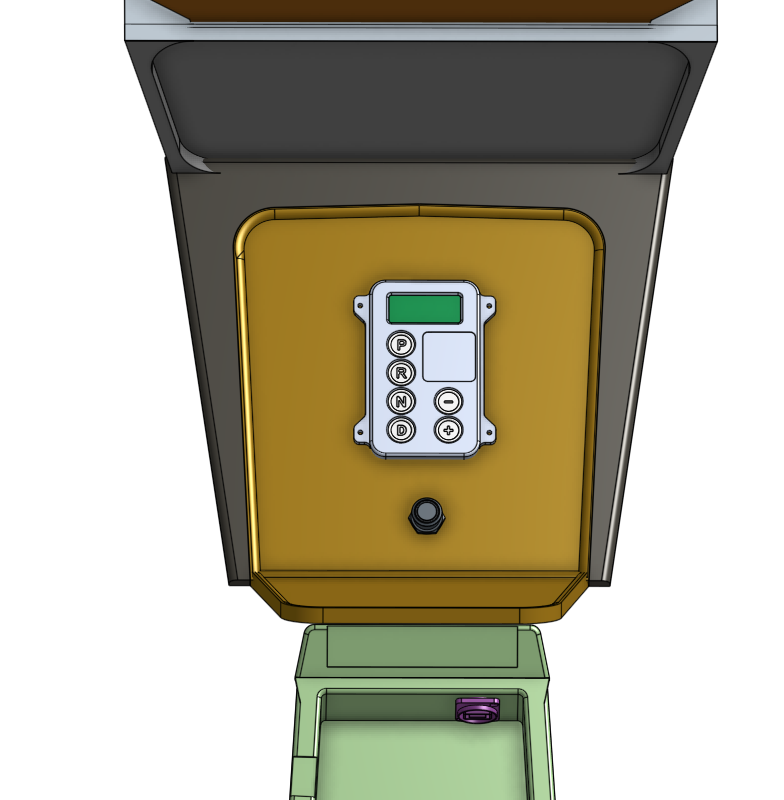
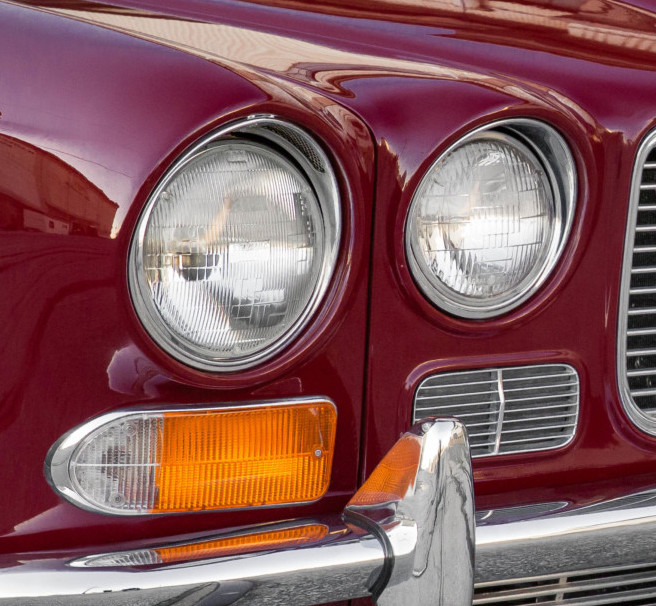

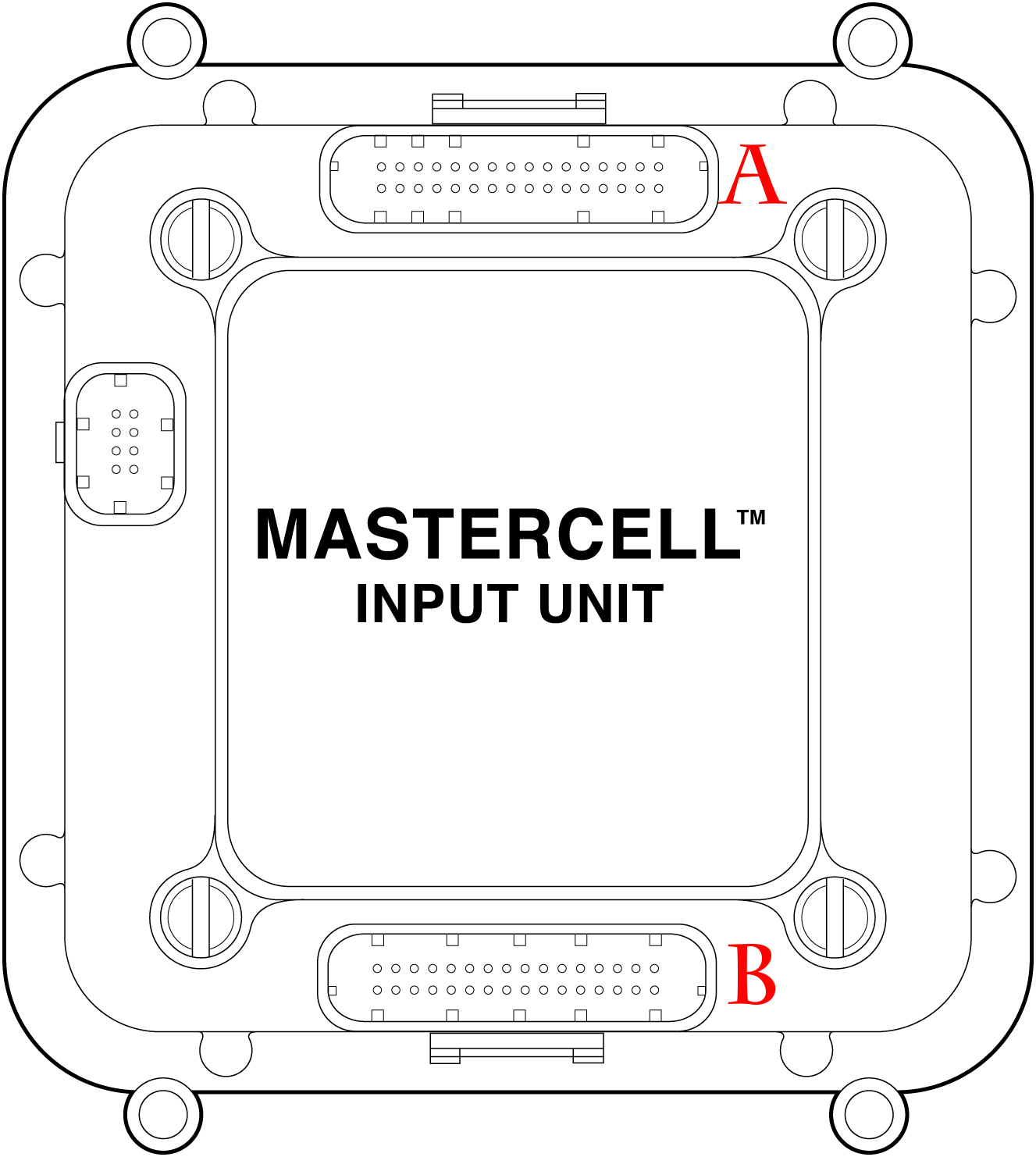





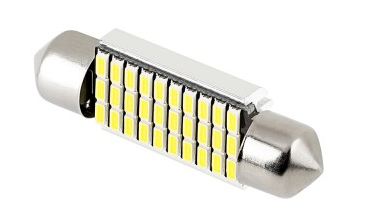
Eric,
I think you have found a very nice example of this beautiful Jaguar model. Looking forward to learning your plans for this restored project!
Lin
How much are you going to increase the performance of this car and make it a “sleeper”?
Aiming for over 400HP which would be a pretty good sleeper.
Awesome! What a great choice, and look at those two family members sitting quietly together!
Looks like a terrific acquisition. Can’t wait till you look to your left and right at a traffic light and blow someone away. Guess you got your work cut out for a while.
Happy days .
Enjoy.
M
Body colour looks like sable to me, Heather is almost pink looking.
Having tried the same steering wheel..I sold it. Too hot to touch the rivets after car sitting outside..have a Grant wheel now.
Love 80 percent of your upgrades..have a ’71 S1 XJ with many of the mods you have done.